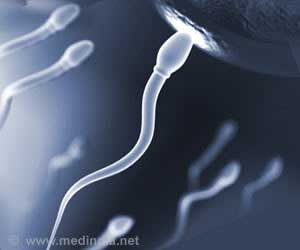
‘Mice use many of the same genes for reproduction as humans, the study finding provides a strong lead for future research on human male contraception.’
Tweet it Now
Since mice are mammals and use many of the same genes for reproduction as humans, this finding provides a strong lead for future research on human male contraception as well as animal sterilization. "More than 500,000 men get vasectomies every year," Chen said. "There's a huge market for this research, and now we further understand the genetic underpinnings of sperm development in mammals."
At the genetic level, Chen identified PNLDC1, a genetic trimmer, as the key in this process. PNLDC1 trims small silencing RNAs that silence transposons, which can be described as genomic parasites. They're also called "jumping genes" and can hop into good genes and disrupt them by causing human diseases.
Transposons are kept in check by small silencing RNAs called piRNAs that can recognize and destroy these genomic parasites. In the case of sperm production, PNLDC1 silences harmful transposons by trimming piRNAs to a healthy length. This keeps piRNAs more stable and effective in fighting against transposons.
At the cellular level, the protein encoded by this gene is essential in genomic parasite regulation. Without PNLDC1, male mammals lose the ability to fight transposons. This arrests sperm cell development, and ultimately, at the physiological level, the result is sterilization.
Advertisement
There were few, if any side effects, and the mice had no obvious differences in growth, behavior or appearance, other than having small testicles. The defect from PNLDC1 deficiency also is male specific. This genetic immune system is required for male germ cell development, but it isn't part of female germ cell development in mammals.
Advertisement
"This small RNA-based immune system is quite smart. It can detect what sites are producing parasite-infested RNAs, and go there and shut them down," he said. "So silencing transposons is like fixing a water leak in your house. Rather than stuff a rag into the leak and hope that it works, we went to the source and turned off the water supply."
Source-Eurekalert










